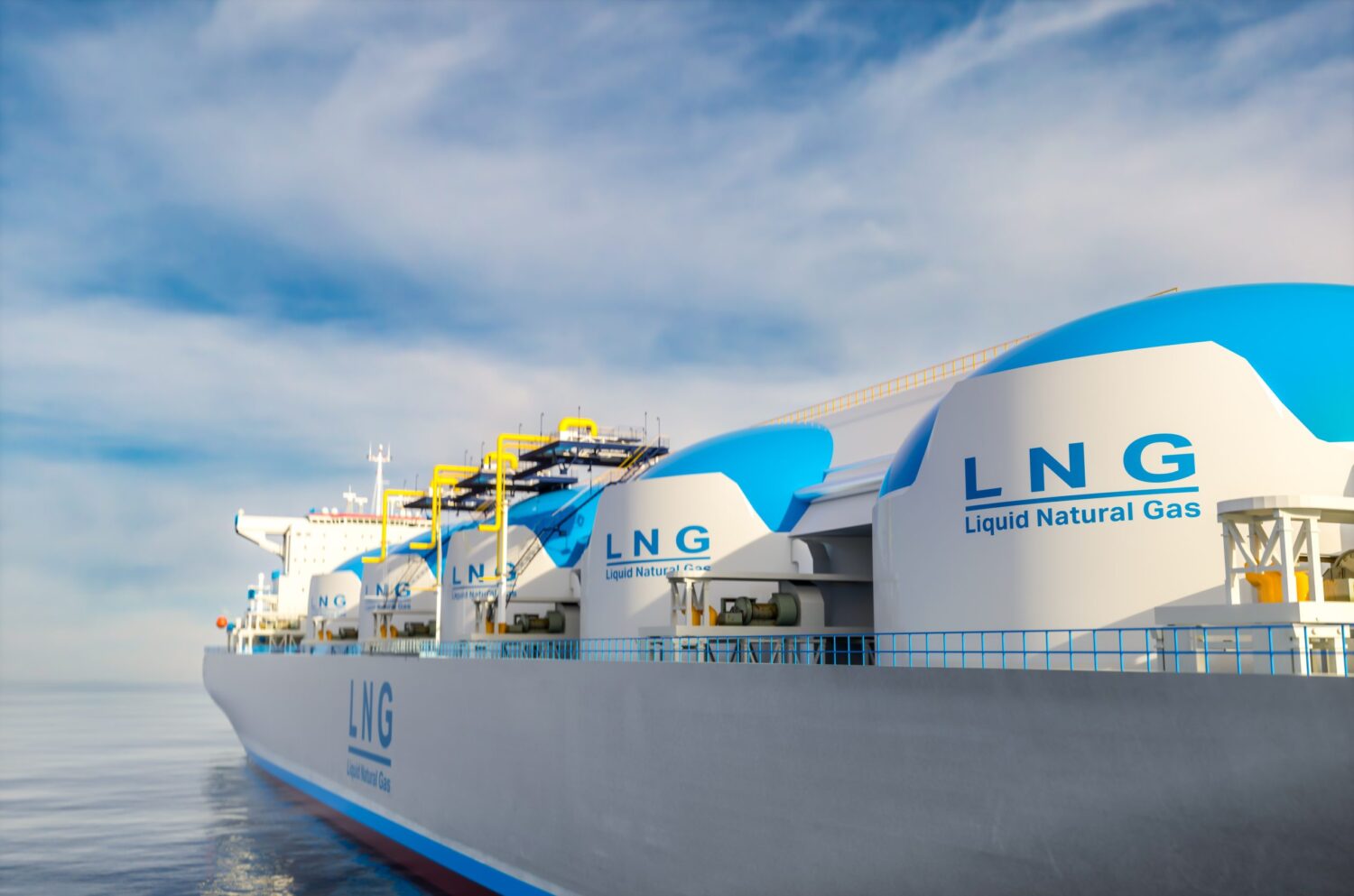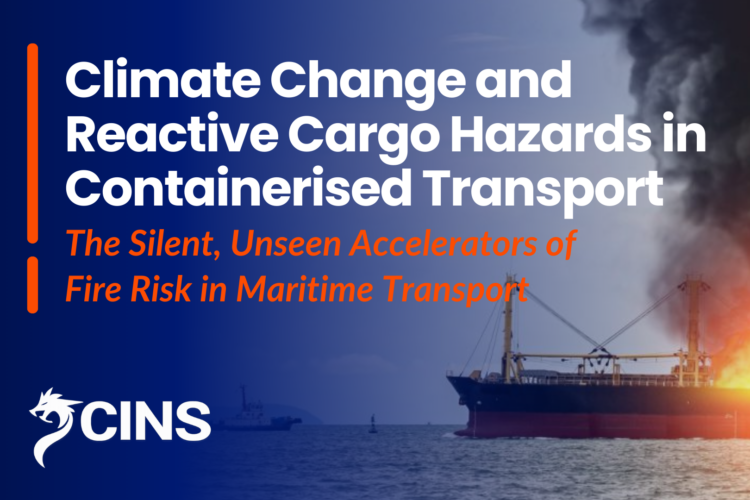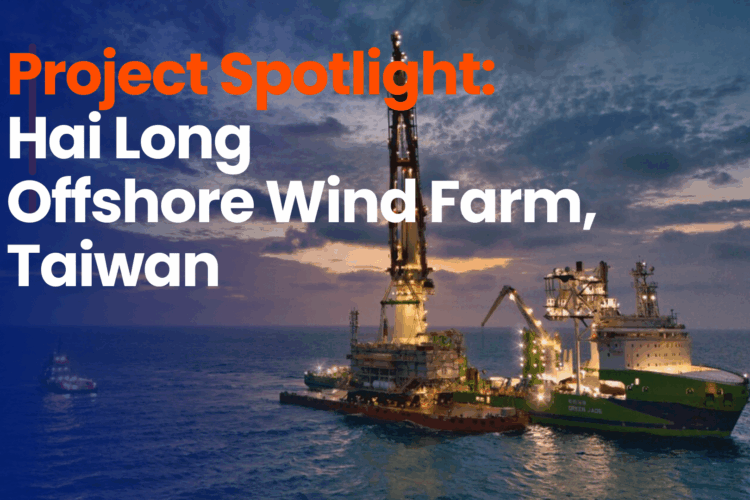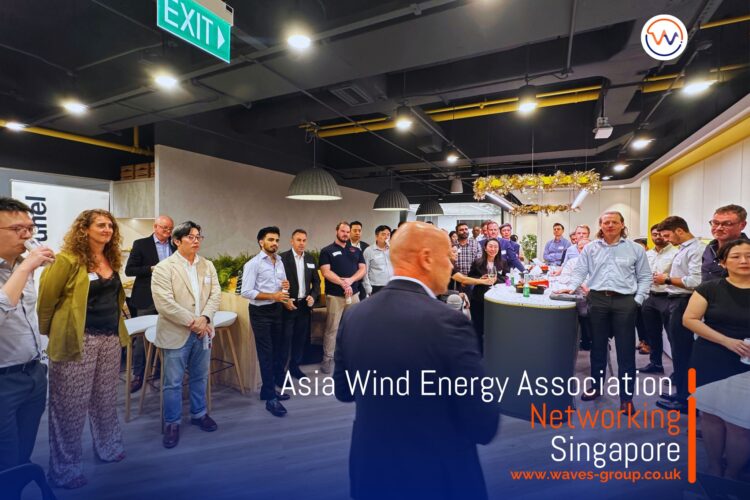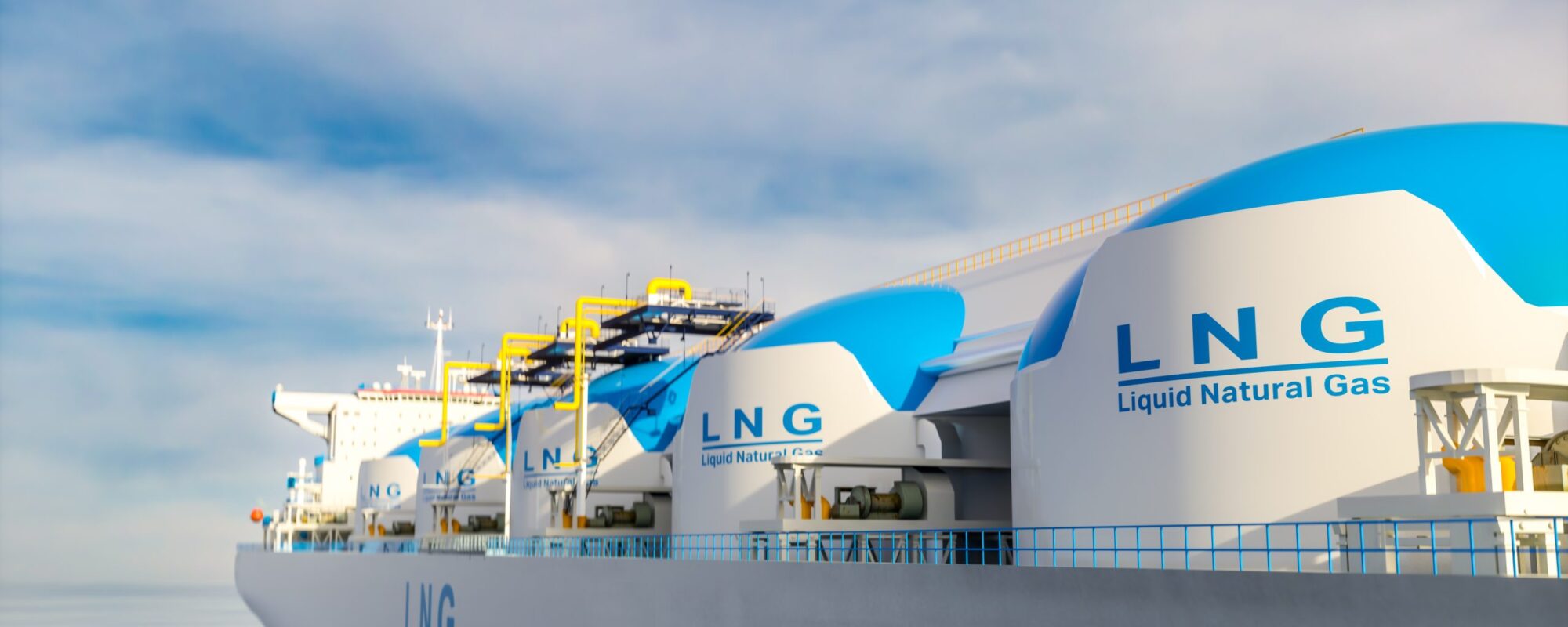
Alternative Fuel Options – Liquefied Natural Gas (LNG): A Key Transitional Fuel in Maritime Decarbonisation
LNG is becoming increasingly recognised as a critical transitional fuel for the maritime industry as it navigates the path toward decarbonisation. With rising pressure to reduce carbon emissions, LNG offers a cleaner alternative to traditional marine fuels like heavy fuel oil. While not a zero-emission solution, LNG significantly reduces CO₂ emissions, lowers sulphur oxides (SOx) and nitrogen oxides (NOx), and nearly eliminates particulate matter. This makes LNG an appealing short-to-medium-term option for shipping companies working to comply with global environmental regulations and exploring long-term renewable energy solutions like hydrogen and ammonia.
At the same time, several zero-emission fuels, such as methanol and hydrogen, are gaining traction. The preferred future fuel is still uncertain, and it is likely that a combination of alternative fuels will be required to meet the maritime industry’s evolving energy demands and sustainability goals.
With growing regulatory demands, shipowners must perform due diligence to ensure compliance. In the short term, alternative fuels like LNG will be essential to meet these standards. However, thorough risk identification and assessment are crucial when selecting an alternative fuel. This process requires consultation with multiple stakeholders, including engine manufacturers, fuel suppliers, classification societies, insurers, and the ship’s flag state.
Key Factors for Assessing LNG as an Alternative Fuel
- Engine Suitability: Engine manufacturers should assess whether onboard engines can consume LNG or if retrofitting is required.
- Fuel Management: Handling LNG introduces unique operational hazards compared to traditional fuels, necessitating proper crew training for safe fuel management.
- Health, Safety, and Environment (HSE): While alternative fuels have clear environmental benefits, they may present increased safety risks. A thorough HSE risk assessment should inform onboard safety measures.
- Fuel Quality: Due to limited international standardisation, shipowners need to develop clear and detailed bunker specifications to ensure the appropriate quality and delivery of fuel.
LNG has been a popular alternative fuel for many ship types due to its environmental benefits, availability, and reliable technology. However, as a fossil fuel, it may not meet future zero-emission requirements, positioning LNG as an interim solution until emission-free alternatives are more widely available. LNG’s legal framework is governed by the International Code of Safety for Ships using Gases or other Low-flashpoint Fuels (IGF Code), covering aspects of bunkering, storage, and onboard handling.
LNG Storage Challenges
There are two main types of storage tanks used for LNG:
- Type ‘C’ Pressurised Tanks: These are typically placed on deck and store LNG under pressure, but they take up significant space.
- Membrane Tanks: Located within the ship’s hull, these tanks rely solely on insulation to keep LNG below its boiling point.
Maintaining LNG at cryogenic temperatures is challenging, as heat leakage from the ship’s movement or external environment causes LNG to boil, increasing internal pressure. If not properly managed, this pressure can lead to unintended fuel release through pressure relief valves, wasting fuel and creating environmental risks.
To prevent this, operators should:
- Minimise heat leakage by maintaining insulation and cryogenic pipework.
- Monitor tank pressure regularly, burning LNG consistently to regulate temperature and pressure. On dual-fuel vessels, conflicts may arise if charterers opt for cheaper liquid fuel, which can lead to increased pressure in LNG tanks.
Safe LNG Bunkering
Transferring LNG during bunkering poses significant safety risks, requiring comprehensive planning and compatibility assessments for each bunkering scenario—whether ship-to-ship, shore-to-ship, or truck-to-ship.
Key considerations for safe LNG bunkering include ensuring that bunkering capabilities are accounted for during the vessel design phase, limiting maximum flow rates, and managing potential pressure surges during emergency shutdowns (ESD). Effective leak detection systems and proper equipment safety ratings are essential, and moorings should be continuously monitored during ship-to-ship transfers to prevent breakouts. Testing ESD systems and considering simultaneous operations (SIMOPS) are also important.
Given LNG’s cryogenic properties, containment and leak monitoring are critical. When opening containment systems for maintenance or repairs, they must be purged with nitrogen to prevent freezing. After maintenance, the systems should be dried, purged, and inerted before reintroducing LNG.
Safety and Emergency Response
LNG vaporises upon contact with air, ground, or water, creating a gas cloud that disperses as it warms. Initially, this cloud may consist of cold gas, denser than air, which can remain near deck level, increasing the risk of personnel injury or ignition. LNG can also cause cold burns upon contact, so personnel handling LNG must be well-informed of this risk, with appropriate first-aid procedures in place.
In the event of an emergency, effective response depends on preplanned procedures and trained personnel. Emergency response plans should focus on rescuing casualties, minimising damage, and controlling the incident. Key areas include LNG releases, venting, fires, and leaks during transfer.
Firefighting Techniques
When dealing with LNG-related fires, the following methods are commonly used:
- Water: Effective for cooling exposed surfaces, dispersing vapor clouds, and cooling steel structures. However, water should not be applied to burning LNG pools, as it can cause rapid vaporisation and intensify the fire.
- Dry Chemical Powders: Useful for extinguishing jet fires but limited in cooling properties, so they must be followed by water application to cool hot surfaces and prevent reignition.
- Foam: Can reduce vaporisation in LNG pool fires but is only effective in contained areas like bunded LNG pools.
- Inert Gas Systems: Nitrogen or CO₂ can suffocate fires in enclosed spaces, displacing oxygen to stop the fire.
Waves Group provide comprehensive guidance and support for maritime operations involving alternative fuels. Our team of Marine Engineers, have extensive experience working with oil majors and are members of SIGTTO, SGMF, and the UK Chamber of Shipping. We offer expert operational guidance on the use, risks, and hazards of these fuels, and are well-versed in handling and bunkering operations.
With the support of three SCRs and our in-house fire and HAZMAT expert, we are better positioned to assist should there be a major fire incident or salvage operations.
For assistance with bunkering or any fuel-related issues, please
contact our lead Marine Engineer, Kenneth English, at [email protected] or call our 24-hour emergency response number at +44 (0) 20 7083 7266.
